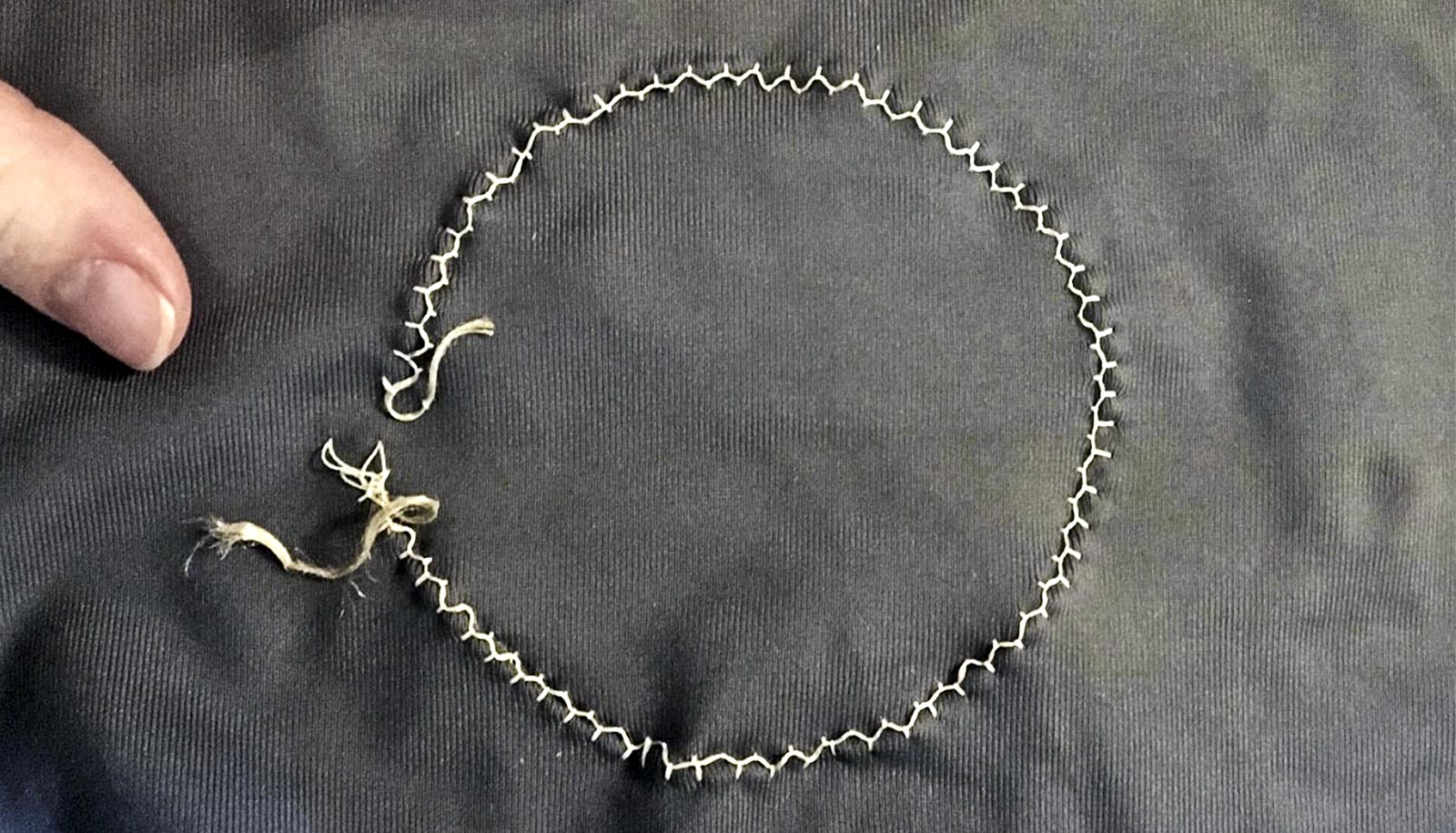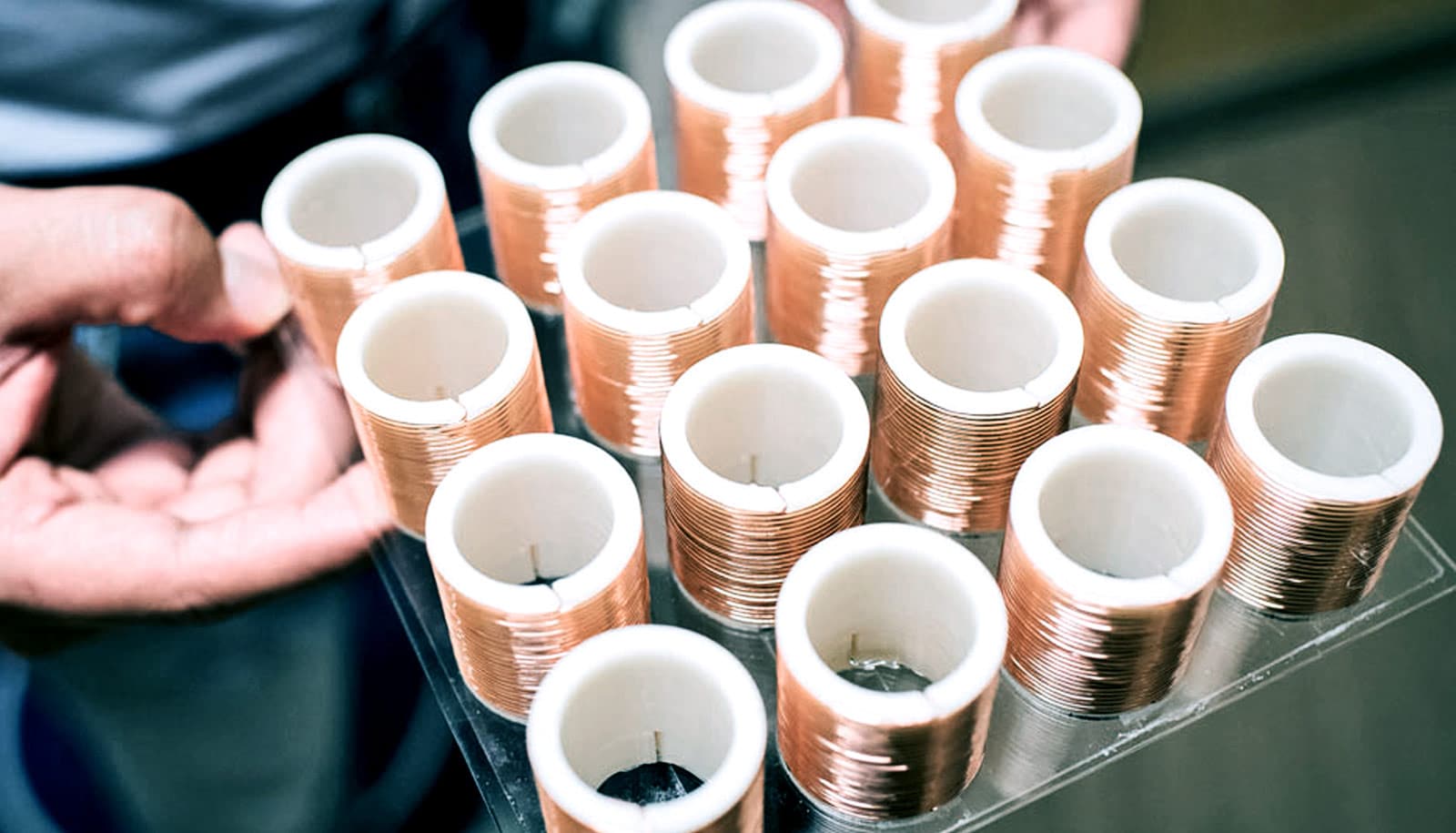New wearable radio-frequency coils could make medical imaging tests like MRIs and mammograms more comfortable, researchers report.
Researchers took technology used in the defense and aerospace industries to create their new method for some medical imaging.
Anyone who has had a mammogram or an MRI knows how uncomfortable and awkward the tests can be. That’s largely because they often use rigid radio-frequency (RF) coils to detect signals from the body.
The new RF coils researchers created are formable and stretchable.
“Imagine going for an imaging session and they strap on a comfortable fabric with the coils embedded inside,” says Joseph Rispoli, an assistant professor of biomedical engineering and electrical and computer engineering in Purdue University’s College of Engineering.
“We created an adaptable, wearable, and stretchable fabric embroidered with conductive threads that provides excellent signal-to-noise ratio for enhanced MRI scanning.”
Current approaches to enhancing signal-to-noise ratio, known as SNR, include shaping receive coil arrays to encompass a generalized form of the body part of interest, but the coils are often rigid and require the patient to pose in a specific way.
The flexible and stretchable coil could be placed close to the skin on an area or joint, regardless of its positioning.
The thread technology is similar to that in applications for the aerospace and defense industries. The technology is also applicable to breast MRI and to enhancing medical device communication using wearable or implantable antennas, Rispoli says.
“Our preliminary results show a full-scale device will be superior in all aspects of diagnostic testing, including increased sensitivity and fewer false positives,” he says.
The study appears in the journal IEEE Transactions on Biomedical Engineering.
The researchers are working with the Purdue Research Foundation Office of Technology Commercialization to patent the technology. The National Institutes of Health funded some of the work on the technology.
Source: Purdue University


